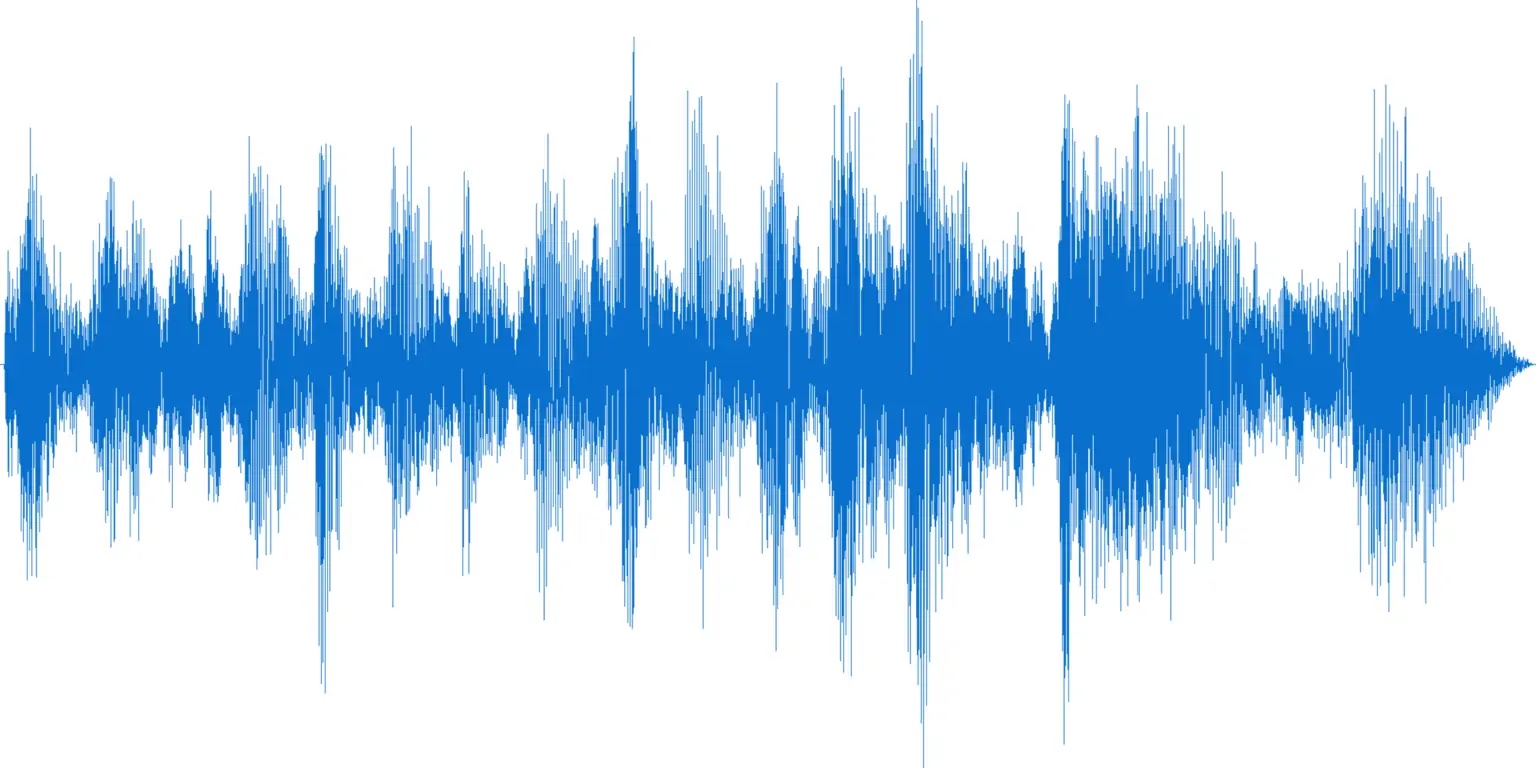As with a lot of terms in the world of music, there is actually some debate over the exact meaning of “high-resolution”. Today, most are in agreement that high resolution refers to an audio file with a sample rate greater than 44.1 kHz and a bit depth higher than 16-bit.
We actually owe that definition mainly to the CD generation of audiophiles. The 44.1-kHz/16-bit file type first appeared on compact discs in the mid-1980s, considered at the time to be a balance between quality and file size. 44.1 kHz was chosen as the same rate because it’s double the limit of human hearing, 22 kHz.
The sample rate and bit depth for a lot of high resolution audio today is 96-kHz/24-bit or 19-2kHz/24-bit, but–if you are new to “HD” or high-res audio–even that might not mean a lot to you.
What is Sample Rate (and Why Does it Matter?)
Sample rate refers to the number of ‘samples’ of sound recorded every single second in a file. Each sample helps to provide more detail about the sound wave as it rises, falls, and changes shape.
It isn’t the only factor in terms of the detail of an audio file, but it definitely plays a huge part. The higher the sample rate, the better the overall frequency response.
What is Bit Depth (and Why Does it Matter?)
What does it mean when someone says an audio file is “16-bit” or “24-bit”?
This is to do with the number of bits (units of data) that can be used in the file to capture additional detail such as dynamic range. More bits means more options to save information, including nuanced detail in the sound.
You might think that 24-bit audio only gives you 50% more detail. This is not true. 24-bit audio increases the capacity for data exponentially, meaning many times the amount of space to capture all of that detail on audio levels and characteristics.
File Types
File types like MP3 have become incredibly popular, but they have their limits. The highest level of MP3 has a bitrate of 320 kbps (kilobytes per second), but a 192-kHz/24-bit audio file transfers a huge amount more data, 9216 kbps.
WAV and FLAC files are among the favourites for audiophiles who want to get the huge level of audio clarity that movies and music deserve. These files are capable of higher bit rates.
Resolution in Audio Systems
This is where things get a bit more confusing. Resolution might be used (usually erroneously) to describe an audio system. The term “high fidelity” is often used instead. This is where things get a little more subjective.
We can still measure things like frequency response (and the compatibility of files such as immersive Dolby Atmos or 5.1 FLAC will also play a big part). but speaker systems have many other variables that affect the listener’s perception of the overall sound quality.
The only real reason to use standard resolution today is to save bandwidth or hard drive space, but even this has become somewhat unnecessary in the modern age of huge flash memory and ultrafast internet. It’s time for everyone to embrace high resolution audio.

